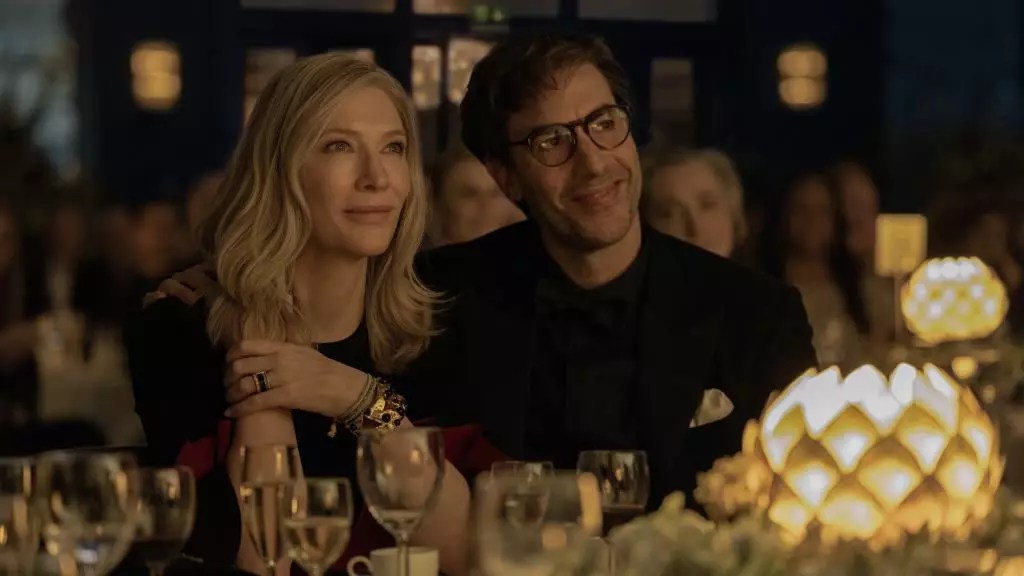The landscape of filmmaking has transformed dramatically over the last century, evolving from the command and control paradigms established by influential producers like David O. Selznick, Sam Goldwyn, and Darryl F. Zanuck to a more democratized, influencer-driven approach today. In Selznick’s time, the producer wielded significant power over the creative process, often making or breaking a project through relentless critiques and direction. As we consider how these titans of the earlier era would navigate the contemporary entertainment landscape—replete with the chaotic energy of YouTubers and TikTok stars—one cannot help but recognize a marked shift in the dynamics of creative expression and audience engagement.
This transformation raises intriguing queries about the availability of artistic freedom today compared to the more rigid structures of the golden age of Hollywood. Would Selznick’s memos criticizing a director’s pacing or an actor’s performance hold any weight in today’s industry, where social media influencers often dictate trends? The participatory nature of digital content creation has empowered a new generation of filmmakers, allowing them to bypass traditional gatekeepers and tap directly into their audiences.
Films today often emerge from an intricate web of influences: social media, audience preference, and unconventional narratives, as demonstrated recently by Alfonso Cuarón’s ambitious project “Disclaimer,” which has polarized viewers and critics alike. This seven-part series, featuring an illustrious cast including Cate Blanchett and Sacha Baron Cohen, melds documentary filmmaking with raw personal narratives. By tackling complex themes of tragedy and personal loss through an avant-garde lens, Cuarón’s work brings to light how modern film storytelling dances along the tightrope between artistic integrity and audience expectation.
However, nostalgia for the storytelling principles of the past can’t be ignored. Critics note that Cuarón’s approach might leave viewers grappling with convoluted messages amidst a plethora of distinct voices and views—a confession that parallels the dense literature of Dostoevsky, infused with layers of meaning that may alienate as many audiences as they intrigue. The dichotomy that results from such storytelling begs the question: can authenticity and commercial success coexist in an era where both are constantly negotiated?
Analyzing the creative environments established by producers like Selznick reveals a fascinating study in contrasts. Selznick’s production of “Gone With the Wind” serves as a near-mythic example of a producer’s intrusion into the artistic process, often resulting in frequent changes and interventions. He was notorious for micromanaging productions; his insistence on reshuffling directors and even rewriting scripts defined a certain brand of filmmaking—one that prized production values and star power over the intricacies of narrative coherence or character development.
With an arsenal of memos drafted for directors, writers, and actors alike, Selznick’s reign embodied an era where a singular vision often overrode collaborative creativity, stifling artistic freedom in pursuit of mass appeal. The question arises: Would someone of Cuarón’s stature, an artist deeply invested in personal expression and narrative depth, have tolerated the creative constraints imposed by a figure like Selznick?
As contemporary filmmakers such as Emerald Fennell and Margot Robbie emerge, they signify a shift toward a diversification of voices. Fennell, known for her audacious storytelling, and Robbie’s initiative to re-interpret classic literary works like “Wuthering Heights” demonstrate the industry’s evolution toward individualistic viewpoints, free from the constant scrutiny of bygone-era moguls. Unlike the Selznick model, where singular authority dictated the course of production and directed every creative choice, today’s filmmakers thrive in a landscape that embraces eclecticism.
This shift is noteworthy, as it represents an intrinsic understanding of shifting audience expectations: consumers are no longer passive viewers but active participants who engage deeply with narratives. Rather than relegating audiences to a position of spectatorship, both filmmakers and producers seem more inclined to create content that resonates on personal and cultural levels, responding to an audience that craves authenticity and depth.
Ultimately, while the titans of the past might have laid the groundwork for cinematic storytelling, the present—and indeed the future—belongs to those who are willing to adapt to and embrace the changing rhythms of culture. Rather than merely paying lip service to the generation that views content through myriad digital lenses, contemporary creators must imbue their works with meaning that reflects societal intricacies and transformations.
As the role of the filmmaker continues to evolve amidst a plethora of platforms and voices, the challenge remains to find a balance where artistic expression can flourish unencumbered by the expectations of earlier generations. Embracing this new era represents not just a change in methodology but a celebration of diverse narratives that speak to the myriad experiences of modern audiences. Consequently, the film industry stands poised to enter a renaissance defined not only by unprecedented creativity but by a spirit of communal engagement that echoes with the potential of the future.


Leave a Reply